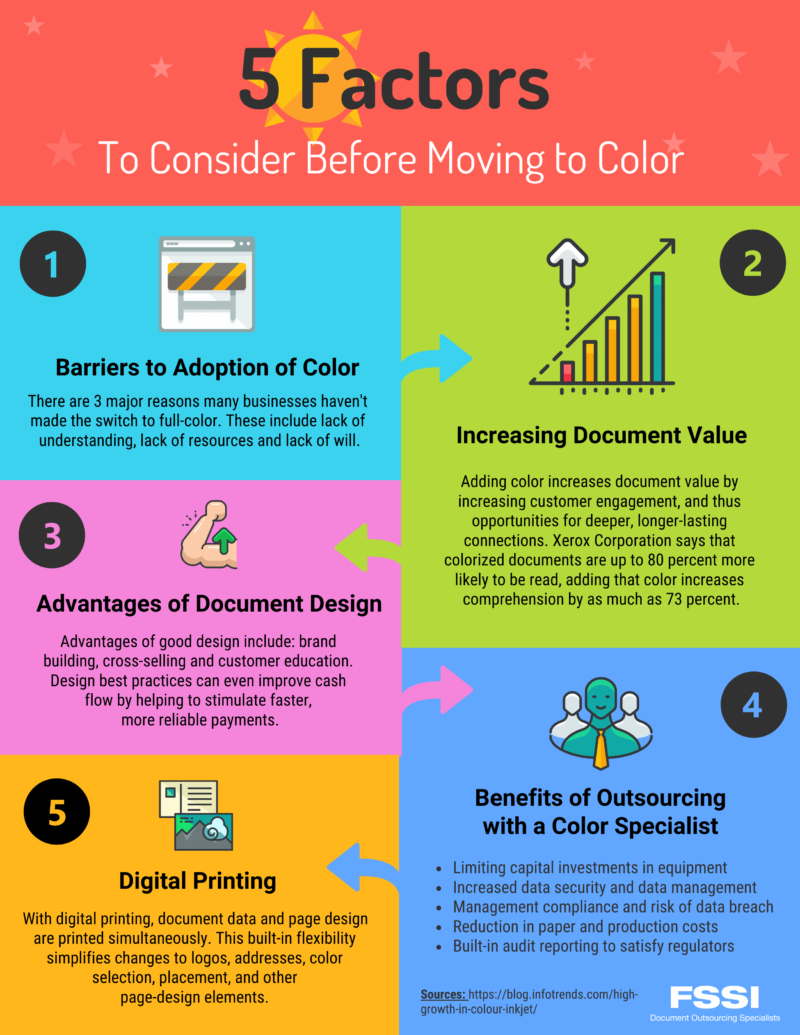Little Known Questions About Digital Printing.
Little Known Questions About Digital Printing.
Blog Article
10 Simple Techniques For Digital Printing
Table of ContentsDigital Printing Can Be Fun For AnyoneFascination About Digital PrintingThe Ultimate Guide To Digital PrintingDigital Printing Fundamentals ExplainedThe Ultimate Guide To Digital PrintingDigital Printing Things To Know Before You Buy
Variable information printing, such as straight mail with individualized codes and addresses, is preferably fit for electronic printing. Digital quick printing only needs four actions of style, evaluation, printing and binding to get whatever done. Digital quick printing has an unmatched benefit: print on demand.According to PMMI, digital printing permits brand names and producers to react swiftly to customer needs while enhancing the supply chain, decreasing warehousing cost and waste, and appreciating faster time to market. That all noises fantastic, yet exactly how does this modern technology do all that? The major differentiator of these innovations is that there are no set-up charges and no plates with electronic printing.
The Buzz on Digital Printing
This results in quicker turn-around time and lowers cost when making use of electronic printing.
Rapid production implies getting your product to market much faster. It also implies it's less complicated and faster to make adjustments later, when you transform a recipe, add a SKU, or create seasonal packaging. Digital printing is highly versatile, so it's very easy to make adjustments to the plan layout promptly. It all goes back to the plates.
With conventional printing methods, short-run printing is simply not feasible. Since an excellent style can make or damage your item, electronic printing regularly creates top quality, clear and colorful graphics each time.
Digital printing is the process of printing digital-based pictures straight onto a range of media substrates. There is no demand for a printing plate, unlike with offset printing. Digital files such as PDFs or desktop computer publishing documents can be sent straight to the electronic printing press to publish on paper, photo paper, canvas, textile, synthetics, cardstock and other substratums.
Some Known Questions About Digital Printing.
According to PMMI, digital printing permits brands and makers to react rapidly to client demands while enhancing the supply chain, lowering warehousing cost and waste, and enjoying faster time to market. That all audios wonderful, but exactly how does this modern technology do all that? The significant differentiator of these technologies is that there are no set up fees and no plates with digital printing.
According to Wikipedia, the best distinction in between digital printing and standard approaches such as lithography, flexography, gravure, or letterpress is that there is no need to replace printing plates in digital printing, whereas in these analog printing techniques the plates are continuously replaced. This leads to quicker turnaround time and lowers cost when utilizing digital printing.

The Ultimate Guide To Digital Printing
Extra inventory can mean even more waste in the future. With conventional printing approaches, short-run printing is just not possible. Since a great layout can make or damage your item, electronic printing constantly produces high-grade, clear and vivid graphics you can find out more each time. Digital click resources printing on flexible pouches adds the intense, vivid, and exact graphics that virtually beckon consumers to connect and touch them.

According to PMMI, digital printing allows brand names and manufacturers to react promptly to consumer demands while improving the supply chain, reducing warehousing price and waste, and enjoying faster time to market. That all audios great, yet how does this technology do all that? The major differentiator of these modern technologies is that there are no set-up fees and no plates with digital printing.
The Basic Principles Of Digital Printing
This results in quicker turnaround time and reduces price when utilizing electronic printing.
Rapid production means obtaining your product to market quicker. It additionally means it's less complicated and faster to make changes later, when you change a recipe, include a SKU, or develop seasonal packaging. Digital printing is extremely flexible, so it's easy to make modifications to the plan design rapidly. Everything returns to the plates.

Some Ideas on Digital Printing You Should Know
Digital printing is the procedure of printing digital-based images directly onto a variety of media click here for more substrates. There is no need for a printing plate, unlike with offset printing. Digital files such as PDFs or desktop publishing files can be sent out straight to the electronic printing machine to publish theoretically, picture paper, canvas, material, synthetics, cardstock and other substratums.
Report this page